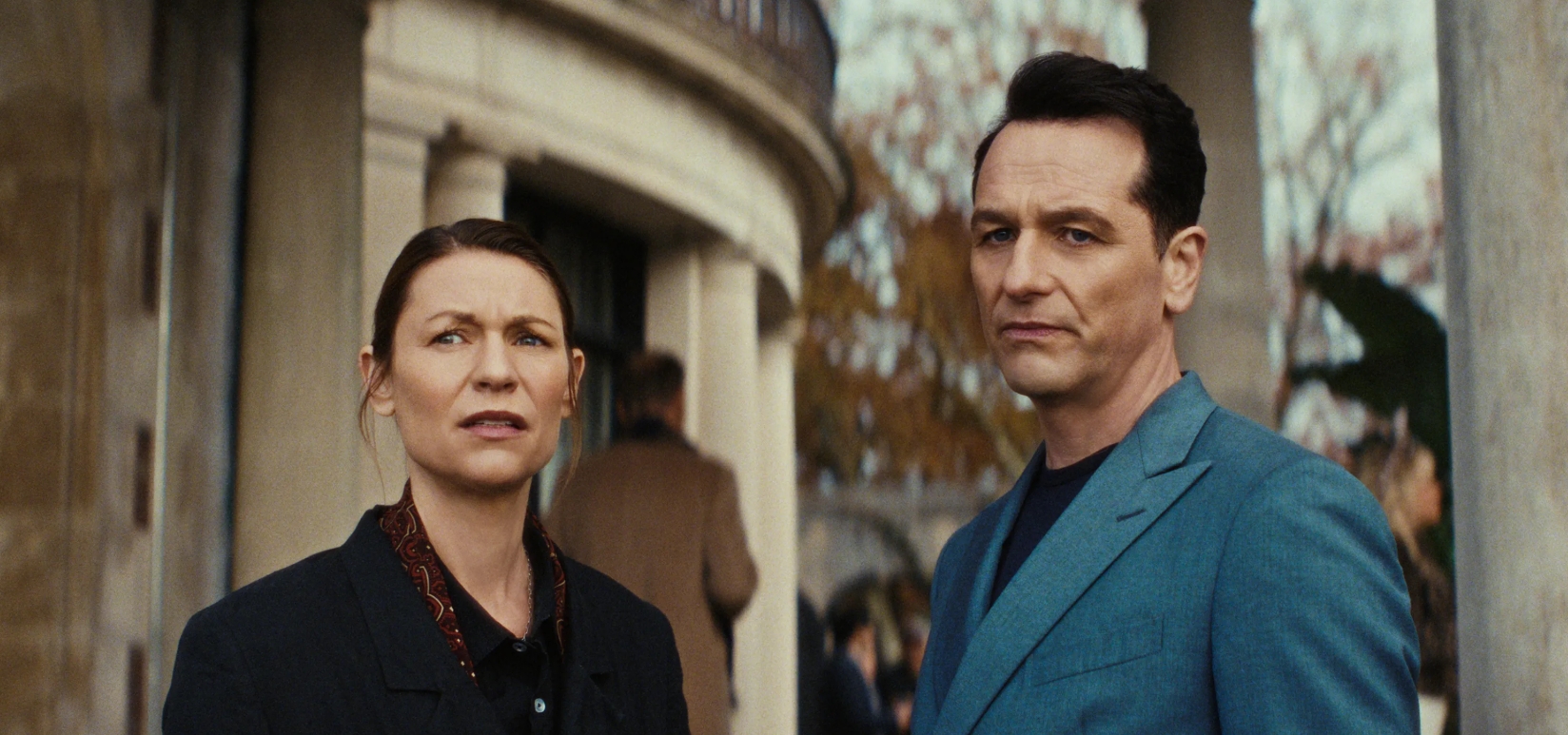Celebrity interviews used to follow a predictable script — polite questions, polished answers, and very few surprises. But in recent years, a cultural shift has redefined how stars connect with audiences. Suddenly, conversations about film and fame are taking place over fried chicken, wings, or traditional British comfort food. What began as a creative experiment has evolved into a new media genre — one that mixes entertainment, authenticity, and appetite to serve up something fresh in a world saturated with celebrity content.
At a juncture where conventional talk shows have diminished in appeal and social platforms command public discourse, content creators are seeking innovative methods to revitalize the interview format. The approach is deceptively straightforward: remove a public figure from the sterile studio environment, pair them with an unconventional interviewer, and allow genuine personas to surface over a shared meal. From fiery culinary trials to sincere exchanges amidst mouthfuls, this blend of gastronomic exploration and popular culture has redefined how audiences perceive celebrity.
The emergence of a novel conversational paradigm
The triumph of these culinary-focused discussions is not by chance. They skillfully merge two of the internet’s most captivating interests – the world of celebrity and gastronomic amusement – into a single, compelling offering. In contrast to conventional interviews, where participants often appear reserved and prepared, these environments dismantle inhibitions. As a host and a famous personality navigate fiery chicken wings or savor a meal of sentimental dishes, an authentic human element surfaces: humor, openness, and true rapport.
It’s not just the food that changes the tone — it’s the environment. The table becomes a neutral ground where hierarchies fade. Whether the guest is an Oscar winner or a rising pop star, the dynamic feels more balanced. The result is a sense of intimacy that resonates with audiences craving authenticity. Viewers aren’t just hearing about a star’s next project; they’re witnessing real reactions, offhand confessions, and spontaneous humor that would never surface in a traditional press junket.
The appeal lies in the unpredictability. Food acts as both comfort and chaos — a catalyst for unscripted moments that remind audiences that celebrities are, in the end, just people navigating human experiences like everyone else.
How food became the medium for authenticity
The rise of culinary interviews can be traced to a growing cultural appetite for “realness.” In the age of meticulously curated online personas, people are drawn to content that feels raw and unfiltered. Eating, with all its messiness and sensory reactions, is inherently human. It disarms even the most media-trained personalities.
Shows like Hot Ones helped pioneer the format by turning discomfort into comedy and truth. Watching celebrities fumble through increasingly spicy chicken wings while attempting to answer questions creates tension that’s both hilarious and revealing. The simple act of eating transforms the interview from a promotional exercise into a shared experience. Instead of rehearsed soundbites, audiences get candid moments — an accidental laugh, a swear word, or a personal reflection blurted out between bites.
Other programs have followed suit, using food as a storytelling tool rather than a gimmick. From casual kitchen chats to culinary explorations of personal heritage, hosts are finding inventive ways to make meals the gateway to deeper conversation. These interviews satisfy more than curiosity; they fulfill an emotional hunger for connection in an era of digital distance.
A reflection of changing media consumption
Audiences today consume content differently. They scroll quickly, crave novelty, and reward authenticity over polish. Traditional talk shows — once the dominant stage for celebrity storytelling — struggle to hold attention spans in a landscape where engagement depends on emotional resonance and shareability. Food-based interviews adapt perfectly to this rhythm. Each episode offers bite-sized humor, striking visuals, and a format that encourages rewatching and online discussion.
Moreover, the integration of humor and discomfort in these formats mirrors the broader evolution of digital storytelling. Viewers no longer expect flawless performances; they want to see cracks in the façade. Whether it’s a famous actor tearing up from spice or a singer laughing uncontrollably at a messy meal, these imperfections make them relatable.
Platforms like YouTube, TikTok, and streaming services have amplified this trend, allowing shows to build massive global audiences without relying on traditional networks. What was once a niche internet experiment has become a mainstream cultural phenomenon — one that even major studios now use to promote films and music releases in a more organic way.
The business of personality and branding
Behind the scenes, this new style of interviewing has also become a strategic tool for personal branding. For celebrities, participating in these casual, food-driven formats offers a chance to shape public perception beyond red carpets and press tours. A star who shares their favorite comfort food or opens up about their childhood memories over a meal becomes more approachable and multidimensional.
This approach aligns perfectly with modern marketing strategies that prioritize authenticity and relatability. Brands, too, have noticed. Partnerships between food companies, streaming platforms, and production houses have turned these shows into lucrative ventures. The intersection of taste, personality, and entertainment creates endless opportunities for cross-promotion — from limited-edition sauces to viral social media challenges.
However, the most effective iterations of these discussions strike a harmonious chord between amusement and authenticity. Their triumph hinges on the interplay of rapport, opportune moments, and deference to the interviewee’s ease. When hosts prioritize cultivating an unfeigned environment over contriving sensational instances, the outcome is narrative delivery that appears both fluid and profound.
The enduring appeal: What keeps audiences returning
What makes this format endure is its emotional flavor. In an entertainment landscape dominated by algorithms and performance, watching two people share a meal feels refreshingly human. There’s something universally bonding about food — it transcends status, language, and background. When celebrities partake in that ritual, it breaks down the invisible wall between fame and everyday life.
Moreover, the shared laughter, occasional awkwardness, and moments of sincerity create a sense of community among viewers. Each episode invites the audience to the table, not just as spectators but as participants in a collective experience. Fans discuss favorite moments, try to replicate recipes, and engage with the content as if they, too, are part of the conversation.
As long as humans connect over meals, the appetite for this kind of storytelling will remain strong. It’s a reminder that even in a digital world, some of the most meaningful conversations still happen over something as simple — and delicious — as food.
The evolution of celebrity storytelling
The evolution of celebrity interviews into gastronomic adventures signifies a wider change in the portrayal and reception of renown. We are observing the fading of meticulously crafted narratives and the emergence of shared openness. The traditional microphone has been supplanted by a dish; the studio lights by the ambient glow of a kitchen or a restaurant booth.
This progression highlights a societal yearning for closeness — not merely to be informed about celebrities, but to experience a sense of shared presence, engaging in laughter and meals alongside them. Within this contemporary environment, genuineness transcends a mere catchphrase; it constitutes the fundamental essence.
As long as inquisitiveness, inventiveness, and a shared meal persist, celebrity discussions will keep transforming — one taste, one narrative, and one authentic instant at a time.




:max_bytes(150000):strip_icc()/Christy-110525-01-af37a3a8ccc542d99361a2a401d54122.jpg)
